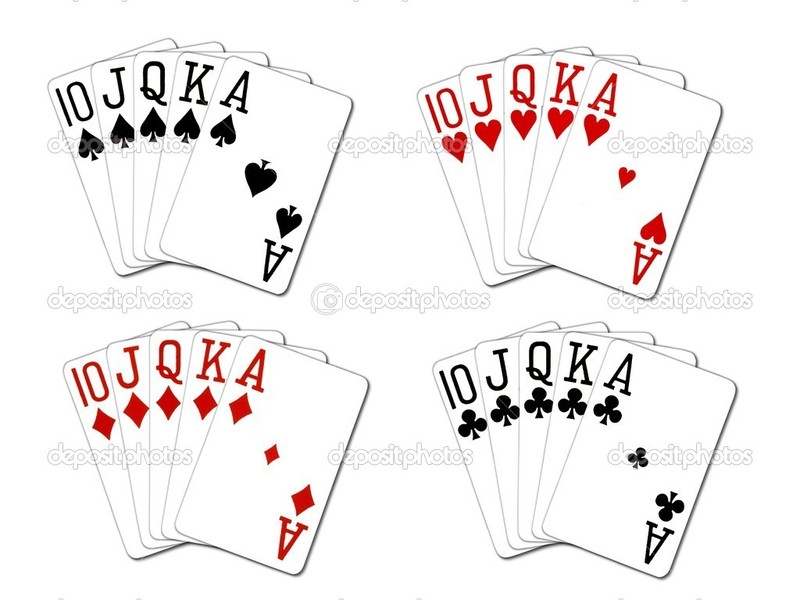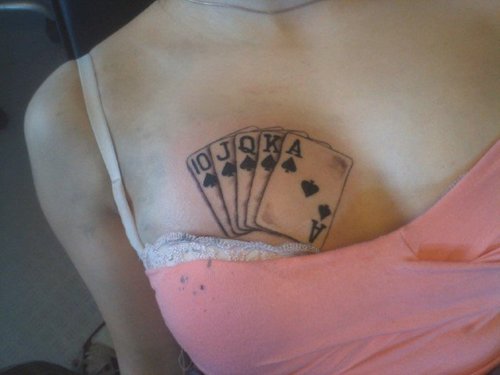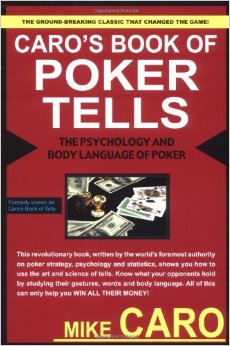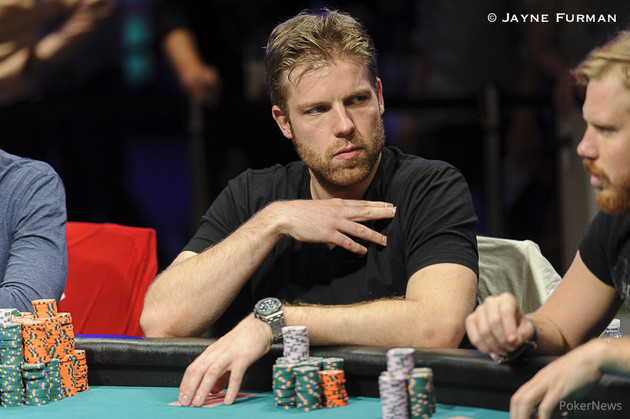DecoGTX just reached the level 2 in Savant Habitat!
What about yours? Check it out on your About page!

Elena RKH 27 Aug 2015
school time :P
I fold, of course !!!
I would probably win !!!
I do not want to lose a friend
I did not study anyone yet, it is first hand
This is not poker, is Bingo !!!

the guy is grumpy, can be killer and get me out there ... hahaha

let's enjoy the 88, but the SUPER !!!

![]()
#PokerNugget #tournaments
The best advice I have heard from a great champion live tournament was:
"play many tournaments as you can, because if you know how to play poker, will one day be champion in one or several."

NUTS IS NUTS !!!
For me, NUTS is after RIVER and ROYAL FLUSH !!!
WSOP 2008 - Quadra de Ás contra Royal Flush - legendado
Royal Flush at World Series of Poker 2007
Moneymaker ROYAL FLUSH! against Mercier KK NAPT



Elena RKH 11 Aug 2015

The Most Powerful Moment for Tells in Poker
After extensive analysis of several hundred hours of play from our sample and a more casual analysis of popular livestreams, it is safe to say that the most important moment for both poker tells and behavioral information is when a player checks his cards and the immediate action following that. There is more consistent, useable, and testable information in this period than any other moment in the game.
I know a lot of you are thinking that this is counter to what you have read or heard. We assume that high stress moments when a player goes all in with air, turns a flush or rivers a set, are going to be the most important moments for the identification of behavioral information and poker tells at the table. This is a popular but very misguided notion for five very specific reasons and I am going to go over each.
1. Behavioral regulation is lowest preflop.
The level of cognitive resources a player dedicates to masking his behavior preflop is often significantly less than moments later on in the hand. Think about it. When you are playing, how much attention do you actually dedicate towards making sure that you don’t give off information when you check your cards?
One of the reasons why there isn’t much behavioral regulation during this moment is that most of the time your hole cards won’t be playable and you’re going to fold. As poker players we are conditioned not to place much value on that moment and as a result we are more likely to leak information. Furthermore, in terms of the available poker education there is very little accurate information about this moment and its value, therefore people don’t think they need to protect it.
2. The checking cards moment is consistent.
When it comes to the identification of poker tells, you are looking for patterns or changes in behavior. In order to do this you need multiple instances of the same moment to use for comparison. For example, you can extract information by comparing a sample of 5 spots where a player bluffs on the river versus 5 spots where that player has the nuts. The problem is that getting those data points can take a significant amount of time.
If you have video it’s easy to review but practically doing this at the table is difficult. When it comes to card checking and the actions after, we often know exactly when a player is going to do it and we can guarantee that it is going to happen every hand, giving us a very reliable number of instances to compare.
3. Preflop behavior forms the core of a player’s story.
A player’s action preflop, both behaviorally and contextually, is the single most critical point for information. Even if you were playing online you cannot deny the power of those first two numbers in your HUD. A lot of decision power comes from knowing how often a player is involved in the hand and how often they are opening or 3betting. It’s the same thing when it comes to behaviors. If you were to show me an isolated moment where a player makes a large bet on the river and ask for an interpretation, the first thing I would do is ask to see the card check period.
It’s not always the behavior preflop OR the behavior post flop that gives off information. It’s the change in behavior between these two periods. A player’s preflop behavior and actions serve as foundational information that is critical for narrowing a player’s range. For example: a player checks his cards twice, looks relatively distracted, has a delayed apex, and then limps. Later on in the hand when the ace hits the turn he looks a little more interested. You can start to narrow potential Ax hands with this nonverbal information.
4. The card checking period is often the powerful moment for behavioral information.
I’ve previously discussed the difference between behavioral information and poker tells at the table. Behavioral information is useful information that you can use at the table but not necessarily a specific poker tell or pattern behavior. Players openly display how focused they are, how they are thinking about the game via gaze direction, if they are experienced or not...all during this card checking moment.
5. Preflop is the best time to test your reads.
Using aggression you can test your reads and assumptions for cheaper preflop than any other period in the game. If you think a specific behavior could be correlated with weakness, you raise the proper amount and watch carefully in order to determine if you picked up on something. Doing this preflop will be much cheaper and lower risk than doing it on later streets. Once you establish a solid read preflop, you can do a lot of things in position to extract more value out of certain opponents, especially aggressive ones.
A Final Point
Some of you may be saying, “I know this is not true in my game. I know that I breathe heavily when I am bluffing and that is my tell.” Just because you have greater physiological arousal in more important moments it doesn’t mean that you aren’t giving away information preflop. Ask yourself: how many times in a session do you actually experience a substantial increase in emotion versus how many times you simply check your cards?
Some players with a high aptitude for reading behavior, who I refer to as “Behavioral Deviants,” are very good at reading players but have no idea how they do it. Whether they realise it or not, the foundation of a lot of their reads comes from preflop behavior.
by beyondtells and @DecoGTX
IMy recommendation:



Elena RKH 11 Aug 2015

And what about the Nuts :P
#PokerNugget #preflop
Amazing the Dutch technique on preflop, I saw in november-nine !!!
He faced the enemy face to face, without looking at the Dealer or Cards.

He made a point of looking from the front, watching any reaction and came in second.
Three things:
Intimidate the opponent, capture information, deploy your style !!!
Jorryt van Hoof, very good preflop !!!

![]()
DecoGTX just reached the level 1 in Businessman Habitat!
What about yours? Check it out on your About page!

#Mystery55 Round3
after River,
I think, Valuetion pot, RAISE to add chips,
but 
QUAD 2 ??? FullHouse 2 or 3 ??? Street ??? Set ??? Realy ???
does not matter !!!
if he had something stronger would have wagered,
then ALL IN,he will think of Bluf and can even pay with something weak.
ALL IN !!!
![]()
pair down is CALL !!!
ROUND 2:
Blinds 50/100; pot: 300
The flop: 2♠4♣5♦
Advoghado - check
JAr0o32 - bet 250
eky2 - called 250
advoghado32 [guess what I did]
You Check, continue Check !!! Value pot !!! add chips !!! 
Bad beat on air !!!  Risk calculate !!!
Risk calculate !!!
![]()
![]()
Emty 22 Jul 2015
Think positive,fullhouse & quads runner runner is on wave 

Elena RKH 23 Jul 2015
will see the next round tomorrow :)






